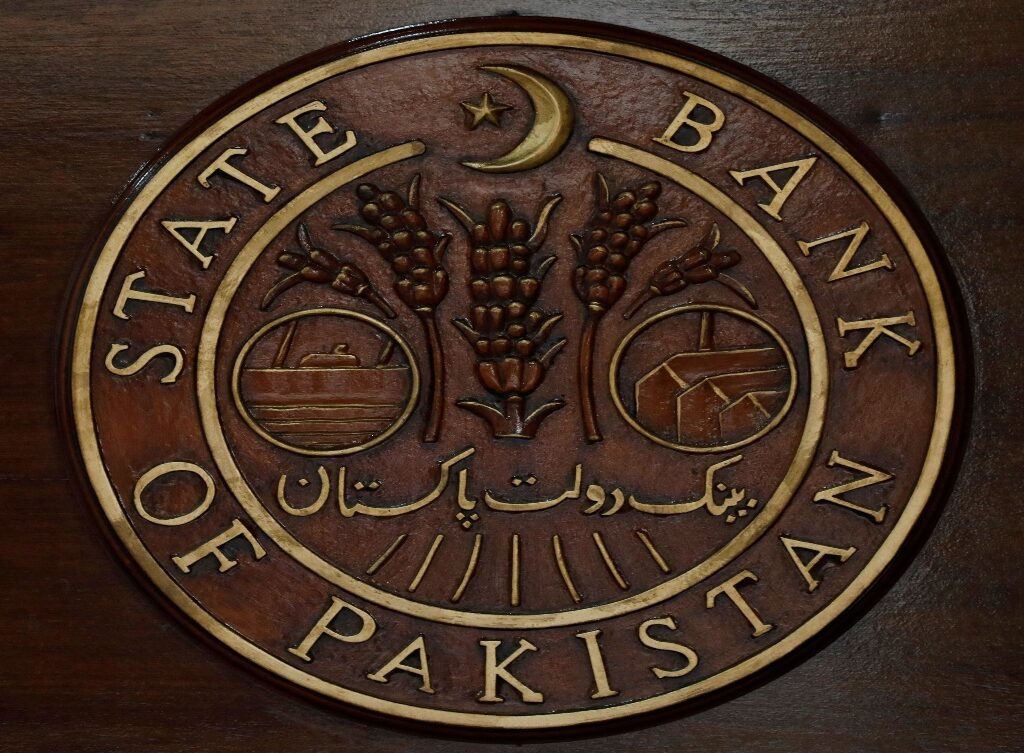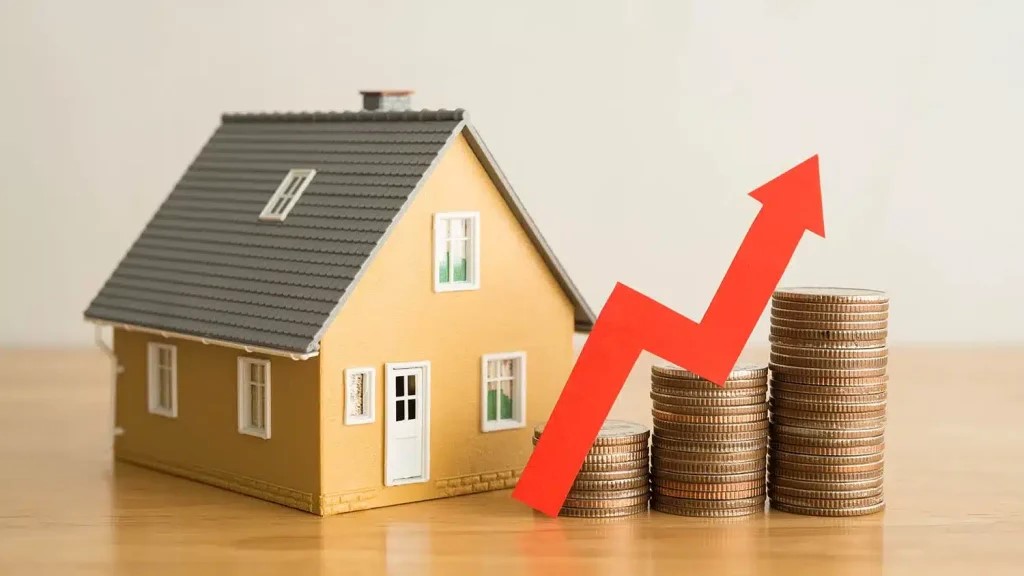Introduction
Islamabad’s real estate market is booming, but with rapid expansion comes a serious risk — illegal housing societies. The Capital Development Authority (CDA) recently started an aggressive campaign to control unapproved projects through strong actions against illegal housing developments. Property investors in Islamabad should maintain high levels of awareness at this strategic moment since planning for investment.

Why the CDA Crackdown Matters
The CDA’s action against illegal housing societies is not just a bureaucratic move — it’s a step toward protecting buyers from fraudulent real estate schemes. The attraction of unapproved housing societies for investors through misleading promises results in their disappearance or legal complications. The elimination of unauthorized housing societies operates to enforce proper city design standards and protect the public interest as Islamabad’s real estate expands.
How CDA Identifies Illegal Housing Projects
CDA evaluates housing societies based on multiple legal and technical parameters. Projects that operate without required No Objection Certificates (NOC) and environmental clearance and approved layout plans become illegal in nature. The authority organizes updated lists showing illegal housing societies in Islamabad to serve as warning notices for both developers and investors.
What This Means for Investors
For anyone interested in buying property in Islamabad, this is a wake-up call. Property seizures along with fund loss and legal complications arise when one invests resources toward unapproved development projects. The crackdown policy from CDA protects investors by maintaining the operation of approved housing societies in Islamabad for serious investing interests.
To protect your investment:
Always check the CDA’s updated list before making a purchase.
Verify the NOC status of any housing society.
Consult with registered real estate agents.
Stay updated on legal notices and public warnings issued by the CDA.
Impact on the Real Estate Market
Professional expectations align on the fact that the recent law enforcement actions will improve real estate market consumer trust. CDA establishes authentic real estate opportunities in Islamabad through their elimination of dishonest real estate players. The market will develop better stability together with transparency and enhanced trustworthiness during the long term.
Public Response and Developer Accountability
The public has largely welcomed this move. Those deceived by phony housing societies in the past anticipate new regulations will stop future rip-offs from happening. The developers must now demonstrate their compliance with CDA’s regulations to receive accountability while building high-quality projects with satisfactory infrastructure.
Conclusion
The CDA crackdown on illegal housing societies in Islamabad is a crucial development for the real estate market. This regulation supports properties that foster safe investment alongside proper urban planning alongside legal regulations. The continued expansion of Islamabad will be directed by this regulation which will establish a secure future for investors from both local and international markets.








